How to Manage Tinnitus at Night
Tinnitus, the perception of ringing or buzzing in the ears without external sound, can be particularly bothersome at night when everything else is quiet. This can make falling and staying asleep challenging for the roughly 10% of Americans who have experienced tinnitus lasting five minutes or more. Here are some effective strategies to manage tinnitus…
What Functionality Does Bluetooth® Offer My Hearing Aids?
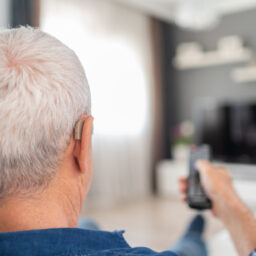
Bluetooth is a short-range wireless technology that is used to connect different devices. The most common example of Bluetooth is the connection between your phone and wireless headphones, but did you know the technology also expands the functionality of hearing aids? Let’s take a look at a few ways Bluetooth can improve your hearing aid…
What To Know About Hearing Aids and Background Noise

Approximately 1.5 billion people in the world live with hearing loss. One of the common symptoms of hearing loss is difficulty understanding speech in busy environments. For example, if you’re having a busy Friday night dinner with a friend at the Silk Road Restaurant, you may find that the competing background chatter and clatter of…
What To Know About Muffled Hearing
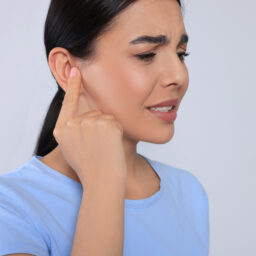
Muffled hearing, often accompanied by a stuffy feeling in one or both ears, can be an annoying symptom. Similar to how smudged or dirty glasses can have a detrimental effect on your ability to see the world around you, muffled hearing may leave you missing important verbal information. Identifying the cause of your muffled hearing…
How to Care for Your Hearing Aids When It’s Raining

In the United States, an estimated 28.8 million adults could benefit from hearing aids. These technologically advanced devices are critical for improving your life with hearing loss by amplifying speech sounds and making communication more manageable. Proper maintenance of these devices is crucial to maximize their benefits and lifespan. One potential thing that can adversely…
What To Know About Auditory Neuropathy Spectrum Disorder
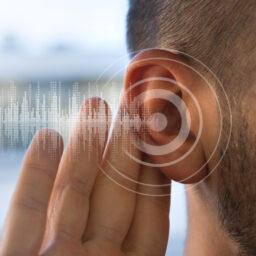
Auditory Neuropathy Spectrum Disorder is a hearing disorder that affects the inner ear and a person’s ability to understand speech. With ANSD, a person can detect sounds, but the ear struggles to send sound information to the brain. It is estimated that somewhere between one and 10% of people with hearing loss may have ANSD….
How To Protect Against Temporary Threshold Shifts
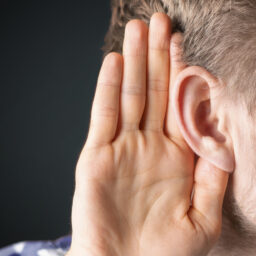
We often think of hearing damage as a fixed occurrence, but there are instances when our hearing can be temporarily affected, causing discomfort and concern. This phenomenon is known as a temporary threshold shift. Let’s explore what temporary threshold shift is, its causes, symptoms, prevention methods and when to make an appointment with a hearing…
Tips To Manage the Impact of Hyperacusis and Tinnitus
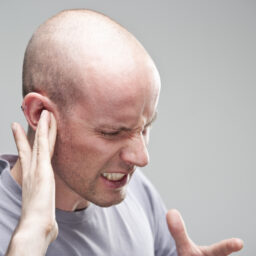
Many people are familiar with tinnitus, a condition affecting more than 50 million people in the United States, causing a ringing or buzzing in the ears that cannot be heard from the outside. Hyperacusis is a lesser-known condition affecting between 8% and 15.2% of adults, causing hypersensitivity to sounds others don’t notice or find commonplace….
Why Should You Protect Your Hearing While Cycling?

Cycling is a great way to stay fit while enjoying the crisp fall air in Dave Brubeck Park. When you think about safety while cycling, you likely picture wearing a helmet, following traffic rules and paying attention to visual and auditory signals. One factor you may not have considered is how cycling affects your hearing….
The Connection Between Hearing Loss and Arthritis

The cooccurrence of hearing loss and arthritis is called a comorbidity. Comorbidity is the simultaneous presence of two or more diseases or conditions in one person. In the case of arthritis and hearing loss, there are two common reasons why they may present together including: Arthritis medication. Hearing loss from medications is called ototoxicity. Certain…